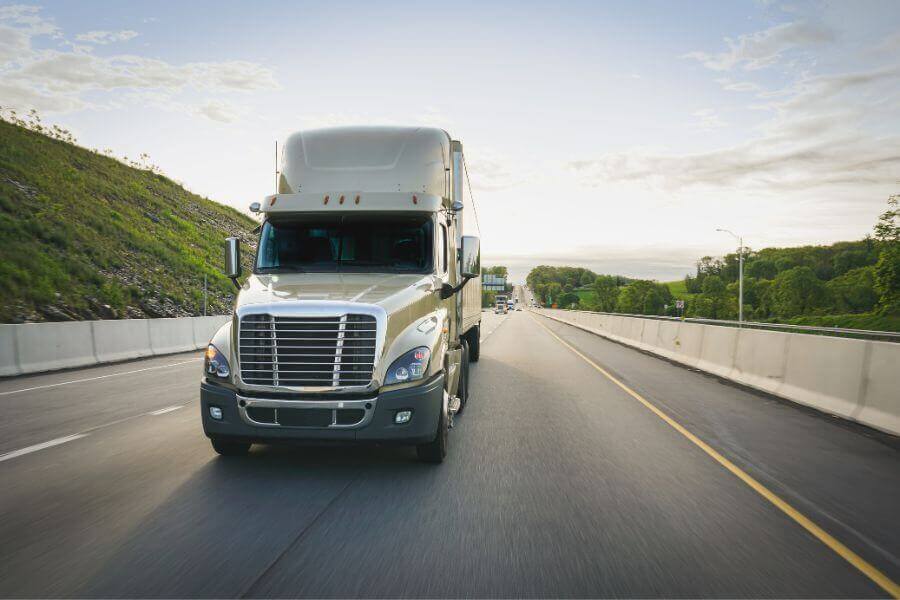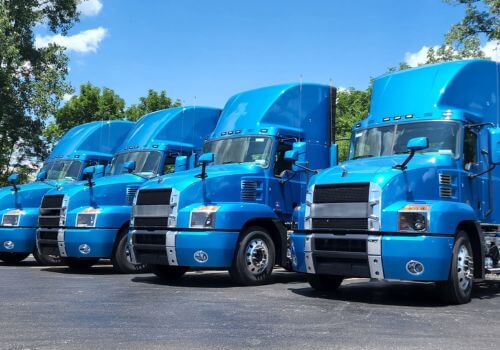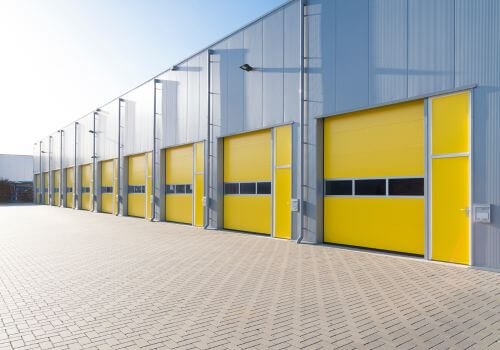In the world of logistics and transportation, efficiency is key. One strategy that has proven to be a game-changer in this industry is backhauling. If you’re new to the concept, don’t worry – this comprehensive guide will walk you through everything you need to know about backhaul in logistics, from its basic definition to advanced strategies for implementation.
What is backhaul in logistics?
At its core, backhaul refers to the return trip of a commercial vehicle (usually a truck) from its destination back to its point of origin. Instead of returning empty, the vehicle carries a new load, maximizing efficiency and reducing costs.
Imagine a truck delivering goods from New York to Los Angeles. Without backhaul, it would return to New York empty. With backhaul, it picks up a new load in Los Angeles to transport back to New York or somewhere along the way. This simple concept has revolutionized the logistics industry, turning potentially wasted trips into profitable journeys.
What are the different types of backhaul?
There are two main types of backhaul: internal and external.
Internal backhaul
Internal backhaul occurs when a company uses its own fleet to transport its own goods on the return trip. For example, a dairy company might deliver milk to stores and then pick up empty crates or other supplies on the way back to the distribution center.
External backhaul
External backhaul involves carrying goods for other companies or third parties on the return trip. This is more complex but can be more lucrative, as it opens up a wider range of opportunities for filling the truck.
What are the benefits of backhauling?
Implementing a backhaul strategy can bring numerous benefits to your logistics operations:
Cost reduction:
By utilizing the return trip, you’re essentially getting two transports for the fuel cost of one round trip.
Increased revenue:
Instead of an empty return, backhaul allows you to earn money on what would otherwise be a non-revenue generating trip.
Improved efficiency:
Backhaul maximizes the use of your vehicles and drivers, increasing overall operational efficiency.
Environmental benefits:
Fewer empty miles mean reduced fuel consumption and lower carbon emissions.
Enhanced competitiveness:
Lower operational costs can translate to more competitive pricing for your customers.
6 steps to implementing a backhaul strategy
Now that you understand the basics, let’s dive into how you can implement a backhaul strategy in your logistics operations.
Step 1: analyze your current routes
Start by examining your existing delivery routes. Look for patterns, regular destinations, and return trips that consistently run empty. These are your prime opportunities for backhaul.
Step 2: identify potential backhaul opportunities
Research businesses in your destination areas that might need transport services back to your origin points or along your return route. This could include manufacturers, wholesalers, or other shippers.
Step 3: invest in technology
Modern logistics software can help you identify and coordinate backhaul opportunities more efficiently. Look for solutions that offer real-time load matching and route optimization.
Step 4: train your team
Ensure your drivers and logistics coordinators understand the backhaul strategy and are trained to handle different types of cargo safely and efficiently.
Step 5: start small and scale up
Begin with a few carefully selected backhaul routes to test your processes. As you gain experience and confidence, gradually expand your backhaul operations.
Step 6: monitor and optimize
Regularly review your backhaul operations. Track key performance indicators like revenue per mile, fuel efficiency, and on-time delivery rates. Use this data to continually refine your strategy.
What are some advanced backhaul strategies?
Once you’ve mastered the basics, consider these advanced strategies to take your backhaul operations to the next level:
Collaborative backhaul:
Partner with other companies to share backhaul opportunities. This can expand your network and increase the likelihood of finding suitable return loads.
Multi-stop backhaul:
Instead of a single backhaul load, consider multiple pickups and drop-offs along your return route. This “milk run” approach can maximize efficiency, especially in densely populated areas.
Seasonal backhaul planning:
Many industries have seasonal peaks. Plan your backhaul strategy to take advantage of these predictable fluctuations in demand.
Cross-docking:
Combine backhaul with cross-docking strategies to further optimize your supply chain. This can reduce warehousing needs and speed up delivery times.
Intermodal backhaul:
Don’t limit yourself to just trucking. Consider how backhaul can be applied to other modes of transport, such as rail or sea freight, for even greater efficiency.
In summary, Backhaul in logistics is the return trip of a transport vehicle (like a truck) from its destination back to its origin, carrying cargo to maximize efficiency and reduce costs.







